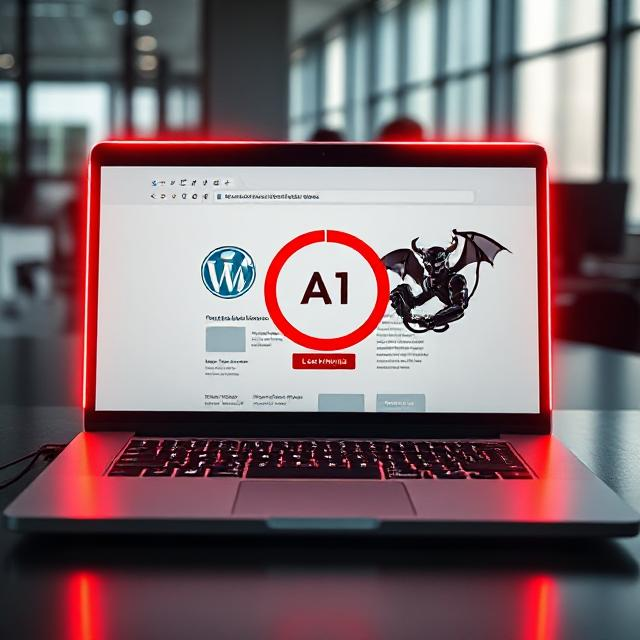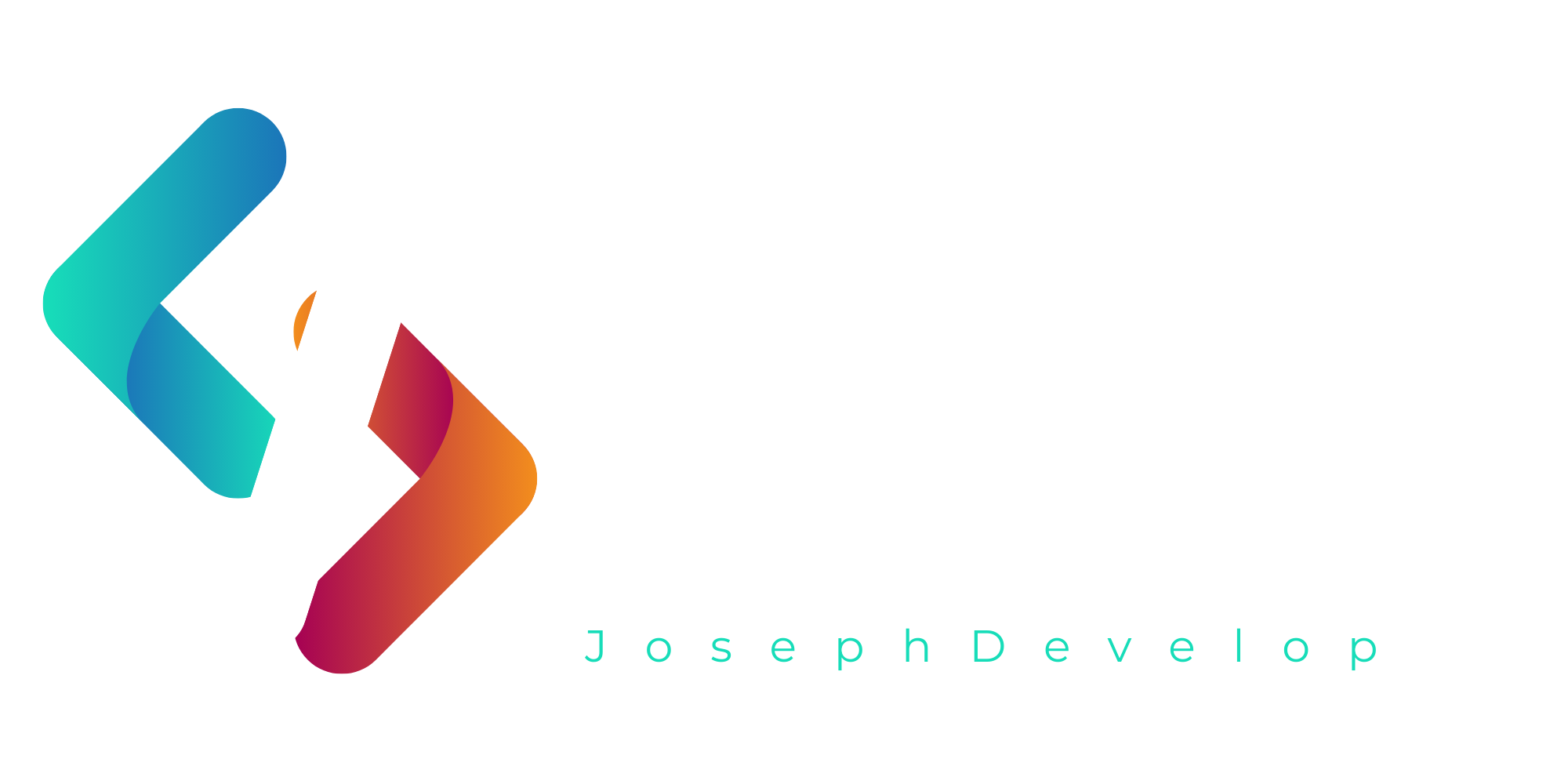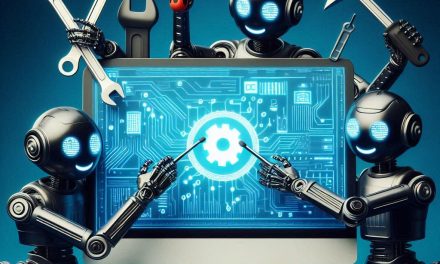
With the rise of AI-powered tools like ChatGPT, Copilot, and website repair assistants, non-developers are increasingly relying on artificial intelligence to fix issues on their websites. Buthow to fix website errors with AI effectively? What are the short-term and long-term effects of using AI for website fixes? Let’s explore the benefits, costs, and potential risks of this approach.
Does AI Fix Website Errors Effectively?
AI-powered tools can analyze error messages, identify broken code, suggest fixes, and even generate new code snippets to repair websites. In many cases,the best AI tools for website repair can resolve common issues such as broken layouts, missing elements, slow performance, or security vulnerabilities.
However, AI is not foolproof. It relies on patterns and previous knowledge, meaning it may not understand complex, site-specific logic or custom-built features. WhileAI website troubleshooting tools can provide suggestions, the effectiveness of those solutions depends on the website’s structure, hosting environment, and other external factors.
Short-Term Benefits and Challenges
Benefits:
-
Quick Fixes: AI can resolve minor bugs and design issues in seconds, reducing downtime.
-
Cost-Effective: Non-developers can avoid hiring an expensive developer for minor issues.
-
User-Friendly: Many AI tools provide easy-to-use interfaces, makingwebsite error fix online simple and accessible.
Challenges:
-
Limited Understanding: AI may misinterpret complex errors, leading to improper fixes.
-
Generic Solutions: Many AI-generated fixes are generic and may not work for every website.
-
Security Risks: AI-generated code may introduce security vulnerabilities if not reviewed by a developer.
Long-Term Impact: Pros & Cons
Pros:
-
Reduced Dependency on Developers: AI will continue to evolve, makingwebsite maintenance with AI easier for non-tech users.
-
Continuous Learning: AI-driven solutions will improve over time, leading to better accuracy in fixes.
-
Cost Savings: Small businesses can maintain websites without full-time developers.
Cons:
-
Technical Debt: Relying on AI without proper understanding can cause underlying issues to accumulate over time.
-
Lack of Customization:AI website builder and repair solutions may not align with long-term business goals or branding requirements.
-
Hidden Costs: While AI tools may seem cost-effective initially, repeated issues may require professional intervention, increasing costs in the long run.
Cost Analysis: AI vs. Developer
| Factor | AI-Based Fixes | Human Developer Fixes |
|---|---|---|
| Initial Cost | Low or Free | Medium to High |
| Speed | Instant or Fast | Slower, depending on complexity |
| Accuracy | Varies (May need manual review) | High, with expert debugging |
| Long-Term Maintenance | May require frequent re-fixes | More stable and reliable |
| Customization | Limited | Fully customizable |
How to Fix Broken Website Automatically Using AI
If you’re wonderinghow to fix broken website automatically, AI tools like ChatGPT and AI-driven website repair assistants can be an excellent starting point. These tools analyze the issue and provide suggestions or generate fixes, reducing downtime and manual effort.
Final Thoughts: Can AI Fix My Website?
For small, common website issues,AI code fixer for websites can be a game-changer, saving time and money. However, businesses should not completely rely on AI for major fixes or long-term maintenance. A balanced approach—usingbest free AI tools for website errors for minor issues while consulting professionals for critical problems—will yield the best results.
Would you trust AI to fix your website, or do you prefer a developer’s expertise? Let us know in the comments!


